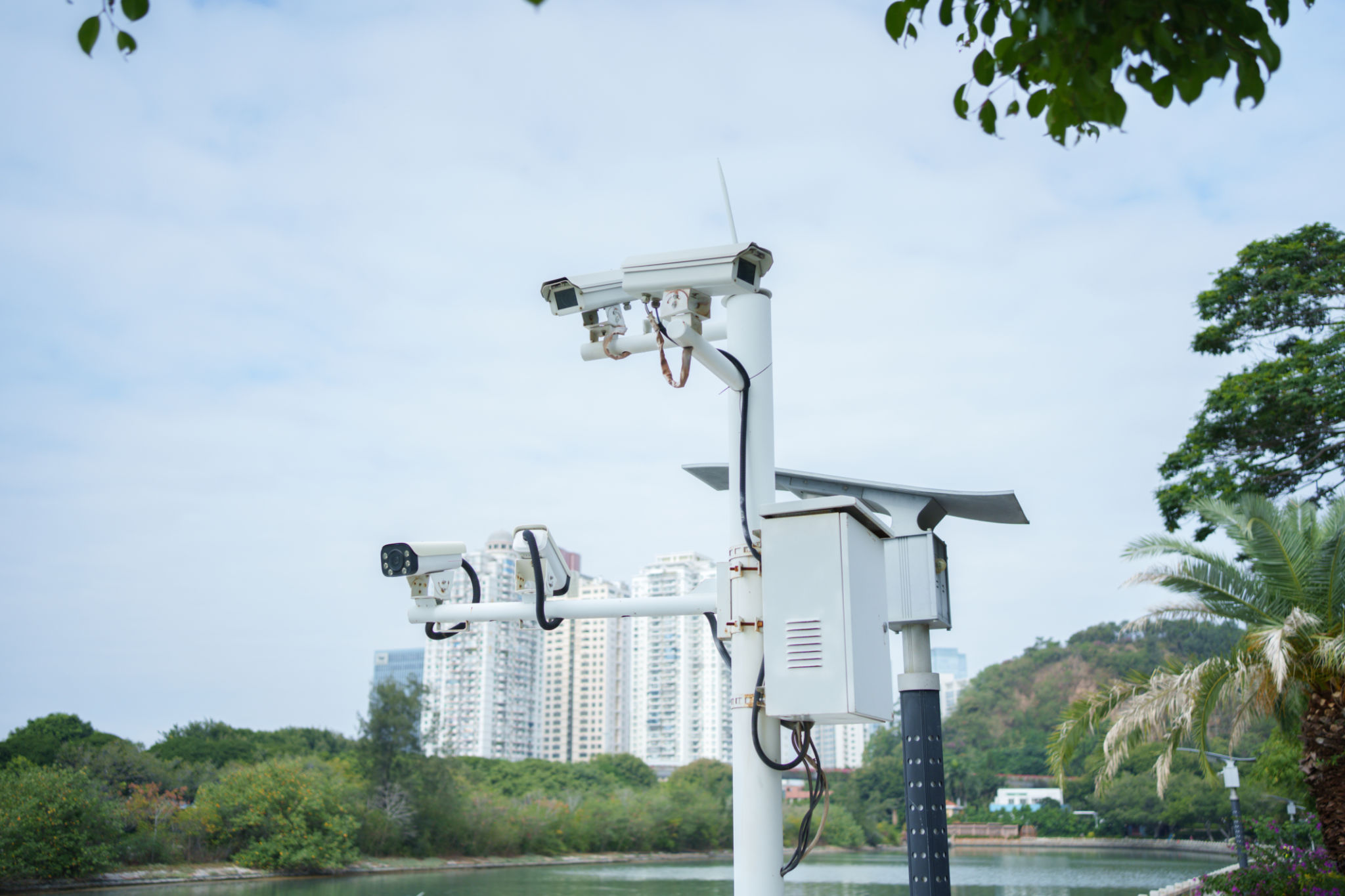Comparing Multi-Camera vs. Single-Camera Live Streaming
Understanding the Basics of Live Streaming
Live streaming has transformed the way we consume content, offering real-time access to events, conferences, and personal broadcasts. As businesses and content creators increasingly embrace this medium, the choice between multi-camera and single-camera setups becomes crucial. Each option offers distinct advantages and disadvantages, tailored to different needs and objectives.

The Single-Camera Setup
A single-camera setup is the simplest form of live streaming. It involves just one camera capturing the entire event. This approach is often favored by beginners due to its cost-effectiveness and ease of use. With fewer technical elements to manage, it allows streamers to focus on content delivery without the distraction of switching between multiple angles.
However, single-camera setups come with limitations. The lack of multiple angles can make the broadcast less dynamic and engaging, potentially affecting viewer retention. It is best suited for straightforward presentations, interviews, or any situation where a static view suffices.
Benefits of Single-Camera Streaming
Some of the key benefits of using a single-camera setup include:
- Cost-Effectiveness: Fewer equipment requirements mean lower setup costs.
- Simplicity: Easier setup and operation, ideal for beginners.
- Portability: Perfect for on-the-go streaming due to minimal gear.
The Multi-Camera Advantage
On the other hand, multi-camera setups offer a more professional and engaging viewing experience. By using multiple cameras, broadcasters can capture different angles and perspectives, making the content more dynamic. This approach is commonly used in professional productions such as sports events, concerts, and high-profile conferences.

Enhancing Viewer Engagement
A multi-camera setup allows for seamless transitions between shots, maintaining viewer interest. By capturing varied angles, it provides a richer storytelling experience. This can be particularly beneficial in situations where audience interaction and engagement are critical.
The primary drawback of multi-camera setups is their complexity and cost. More cameras mean more equipment to manage, which can be daunting for inexperienced users. Additionally, it involves higher production costs due to the need for more gear and personnel.
When to Choose Multi-Camera Over Single-Camera
Choosing between a multi-camera or single-camera setup depends largely on the nature of your broadcast and your target audience. Multi-camera systems are ideal for:
- Professional Events: Conferences, concerts, and sporting events benefit greatly from multiple angles.
- Diverse Content: Situations where a single view isn't sufficient to capture all elements of the broadcast.
- Audience Engagement: When viewer interaction and engagement are priorities.
The Right Choice for Your Needs
Ultimately, the decision between multi-camera and single-camera live streaming should align with your goals, budget, and technical expertise. While single-camera setups offer simplicity and affordability, multi-camera setups provide a more captivating experience at a higher cost.
If you're just starting out or your event is straightforward, a single-camera setup might be the way to go. However, if you're aiming for a polished production with high viewer engagement, investing in a multi-camera setup could be worthwhile.

Conclusion
The choice between multi-camera and single-camera live streaming is not just about budget but also about the experience you wish to create for your audience. By understanding the strengths and limitations of each option, you can make an informed decision that enhances your content delivery and meets your audience's expectations.
